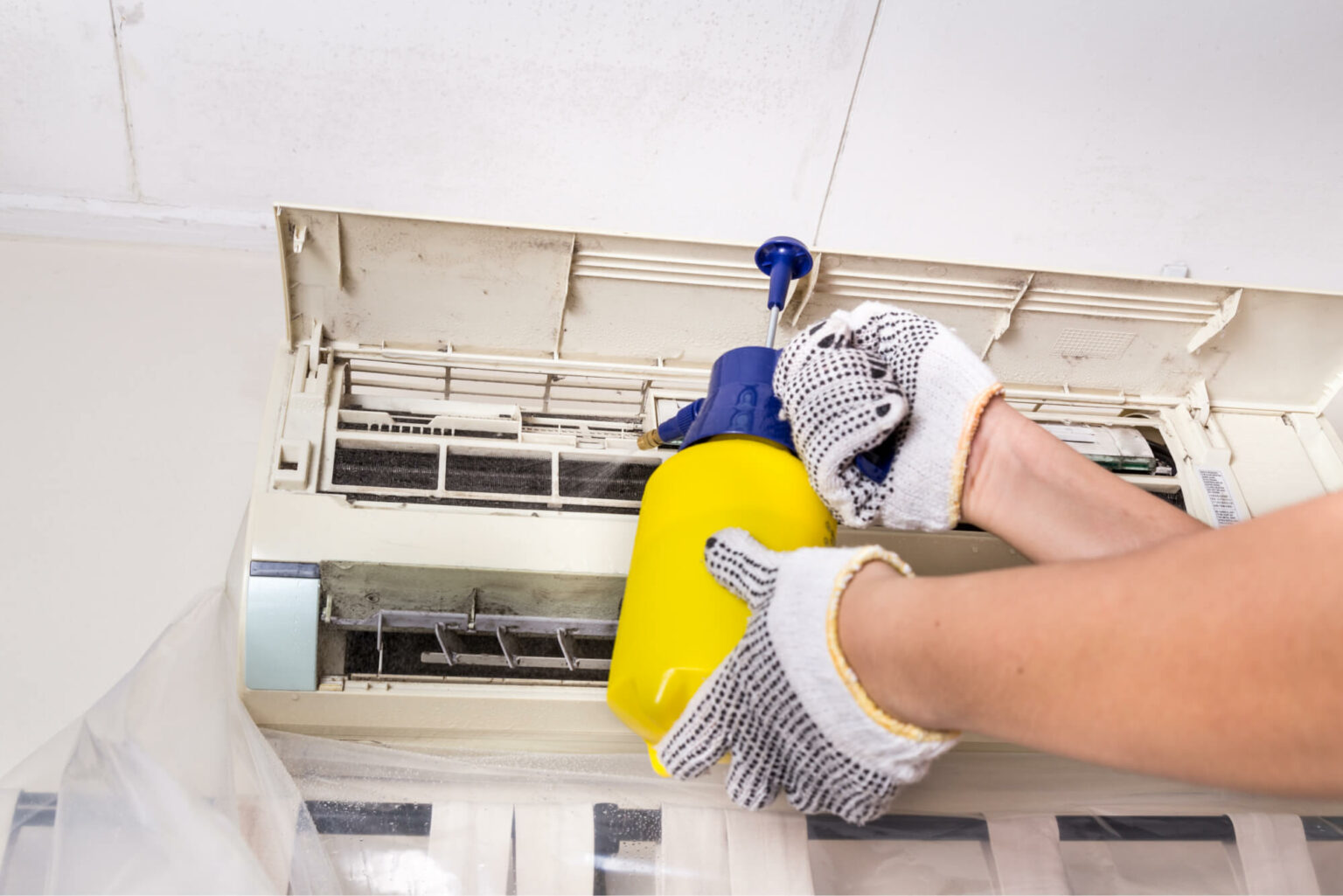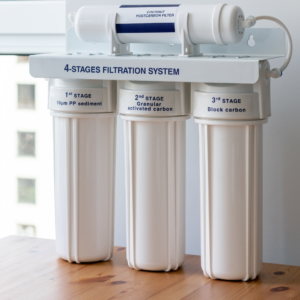When the temperature drops and your furnace malfunctions, it can be a stressful situation. Recognizing the severity of a furnace issue is crucial for deciding whether it requires immediate attention or if it can wait for a scheduled repair. In this blog, we’ll guide you through assessing the severity of a furnace problem, helping you determine whether it’s an emergency that demands immediate action.
1. **No Heat Output:**
– *Assessment:* If your furnace isn’t producing any heat, it’s a clear indication of a problem. First, check the thermostat settings and ensure it’s set to the desired temperature. If the issue persists, there might be a malfunction in the ignition system, pilot light, or other critical components.
– *Severity:* High – Lack of heat in cold weather requires prompt attention, especially if other troubleshooting steps don’t resolve the problem.
2. **Unusual Noises:**
– *Assessment:* Unusual sounds like banging, screeching, or rattling may indicate mechanical issues, loose components, or airflow problems within the furnace.
– *Severity:* Medium to High – While not all noises are emergencies, certain sounds can signal impending failures. If the noise is loud or persistent, it’s best to have a professional inspect your furnace promptly.
3. **Gas Smell:**
– *Assessment:* The smell of gas around the furnace is a serious concern and could indicate a gas leak. Natural gas is highly flammable and poses a safety risk.
– *Severity:* Critical – Evacuate the premises immediately, and contact your gas company and emergency services. Do not attempt to address the issue yourself.
4. **Frequent Cycling On and Off:**
– *Assessment:* Short cycling, where the furnace turns on and off rapidly, may be due to a faulty thermostat, clogged filter, or an oversized furnace.
– *Severity:* Medium – While not an immediate emergency, short cycling can lead to increased wear on the system. Have a professional assess and address the underlying cause.
5. **Carbon Monoxide Detector Activation:**
– *Assessment:* If your carbon monoxide detector alarms, evacuate your home immediately. Carbon monoxide is a colorless, odorless gas that can be lethal.
– *Severity:* Critical – Call emergency services and seek medical attention. Do not re-enter your home until it has been declared safe.
6. **Inadequate Airflow:**
– *Assessment:* Poor airflow can result from a clogged filter, malfunctioning blower motor, or ductwork issues.
– *Severity:* Medium – While not an immediate emergency, inadequate airflow affects your furnace’s efficiency. Schedule a professional inspection to identify and address the root cause.
Conclusion:
Understanding the severity of a furnace issue is vital for making informed decisions about whether immediate action is necessary. If you encounter a situation that poses a safety risk or threatens the well-being of your HVAC system, it’s crucial to seek professional assistance promptly. Regular maintenance and early detection of issues can also prevent emergencies, ensuring your furnace operates reliably when you need it most.





